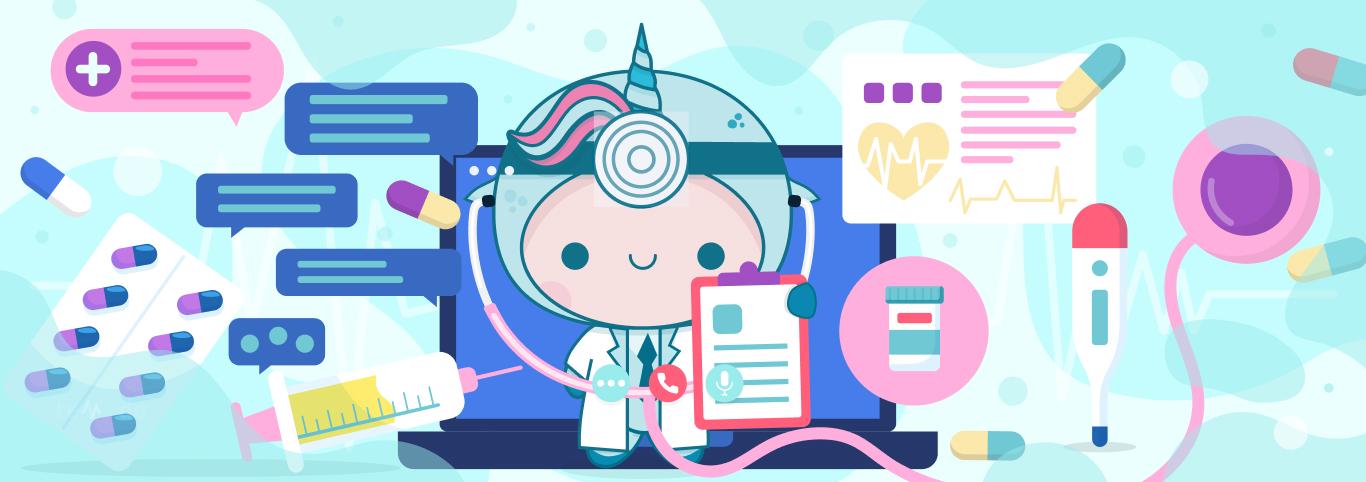Remote Patient Monitoring: A Comprehensive Guide


Related articles:
The Role of AI in Healthcare Transformation: Healthcare AI for C-Suite Executives
Read Article7 Ways to Improve the Patient Experience When Faced with Appointment Overflow
Read ArticleOvercoming Implementation Challenges: Best Practices for Integrating AI in Healthcare Organizations
Read ArticleRemote patient monitoring can help your practice and your patients track progress between visits. Devices like glucose monitors and heart monitors collect patient vital signs and metrics and securely transmit them to providers. With technological advances, monitoring patients remotely is becoming easier than ever. Patient and provider communication via personal devices can improve health outcomes and reduce the risk of hospital readmissions and other negative events. Here is your comprehensive guide to getting started with remote patient monitoring.
What Is Remote Patient Monitoring?
Remote patient monitoring (RPM) is a type of telehealth that uses devices to monitor patients’ vital signs or other key measures between visits. Patients use or wear a device between visits as directed, then log or upload their vital signs or other key data. Most devices can securely submit data directly to the care team and to an application on patients' smartphones, saving time. RPM helps patients and providers identify problems early and prevent negative outcomes like hospital readmissions. It can also reduce the need for follow-up visits.
RPM devices can have a broad array of purposes and goals. For example, continuous glucose monitors can collect and transmit data to providers to help monitor patients’ diabetes. Devices like Bluetooth or wifi enabled scales can help providers track weight for heart failure patients, a key metric to avoid hospitalizations and complications. RPM can also include wearable devices like heart rate monitors or activity trackers. These devices can wirelessly and securely transmit data to patients and providers to help track progress. Finally, some health systems implemented RPM systems during the pandemic to allow COVID-19 patients to remain at home with continuous symptom tracking.
How Does Remote Patient Monitoring Work?
RPM lets patients and providers keep track of key health metrics between visits. Devices collect key patient vital signs and metrics. Patients can then share this data with their providers. Most devices can also transmit data automatically, saving your patients time. Wearable devices like heart rate monitors and activity trackers can also share data wirelessly and securely.
RPM data is transmitted to providers via your EHR system. For example, the NextGen EHR and EPM system each have a new Remote Patient Monitoring Solution to help capture and manage data from devices. The NextGen solution works with Bluetooth-enabled devices and their Virtual Visits software to send real-time data to both patients and providers. Patients can even access their data through a smartphone application. Providers can also monitor patients’ data through a NextGen dashboard on the Virtual Visit platform.
How Can Remote Patient Monitoring Help My Practice?
Remote patient monitoring has several benefits for your practice and your patients. First, it engages patients in their care. By giving patients tools to help them monitor their chronic conditions between visits, you help them feel more in control of their health. Patients can also easily track their progress toward goals, rather than relying on office visits to see if their condition has improved. Better patient engagement yields better health outcomes and fewer delays in care.
RPM also improves access to care. Patients with mobility limitations, limited access to transportation, or other vulnerabilities may struggle to get to frequent office visits. Wearable or in-home devices can reduce the need for in-person visits without risking your patients’ health. Remote patient monitoring can be particularly helpful in rural areas or high poverty areas, where travel times and transportation access can be challenging.
RPM devices may also help improve health outcomes. By keeping track of chronic conditions between visits, patients and providers can make timely corrections to care plans and medications. Providers can also spot problems before they escalate, which can help keep patients out of the hospital. And remote patient monitoring can help patients and providers make joint, informed decisions about appropriate care plans and medications.
Finally, adding remote patient monitoring to your practice could also increase quality scores. Engagement and health outcomes for patients with chronic conditions are important components of Medicare’s Quality Payment Program. By tracking patient progress between visits, RPM devices can help your practice find and correct problems with patient care before they create poor outcomes. Third-party tools like TempDev’s NextGen EHR Quality Measures Dashboard Template can track your progress on quality measures using data from your NextGen system, including data from RPM devices.
TempDev Can Help with Remote Patient Monitoring
TempDev’s consultants and NextGen developers can help your practice implement remote patient monitoring. With TempDev, you can get help configuring your NextGen EHR and EPM to process data from RPM devices. Team TempDev can create reports and dashboards to let your providers monitor patients with ease. Plus, our consultants can help you redesign your workflows to ensure providers are not overwhelmed by the new data.
Call us at 888.TEMP.DEV or contact us here to get started with remote patient monitoring.
Interested?
Agree with our point of view? Become our client!
Did you enjoy this read? Feel free to share it with your contacts.






